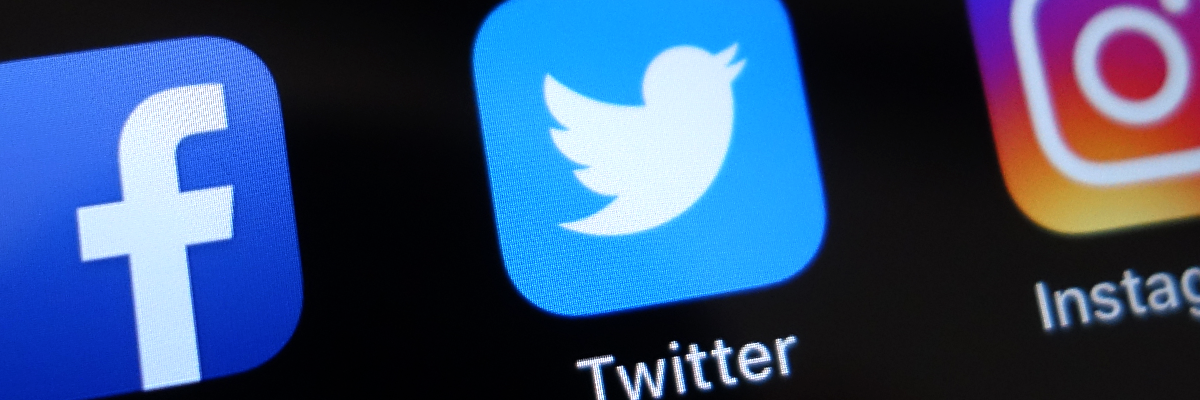Dopamine and Distraction
- Teachers
- Wellbeing

Chances are, you are reading this on your smart phone, if you are one of the 75% of adults who owns one. [1] As an education professional, your chances of owning one are even higher, because most teachers need a phone to manage their communications with work. (I’ve no statistic for that, but all of your colleagues have phones, right? Mine too.) There’s a pretty fierce debate raging over students’ phone use in class, France have even gone so far as to ban them.[2] There seems to be less interest in the effect they might have on staff.
Let’s imagine you hear a notification pinging into your phone while you are teaching. You have no idea what it is; could be a text from your child’s school reminding you about parents’ evening, could be spam, could be an important email about an urgent child protection issue. Who knows? All of these possibilities begin to run through your head. You are distracted. It’s difficult to keep you attention on the finer points of the subjunctive, or why the Vikings left Scandinavia.
The science around mobile phone notifications, somewhat simplified, goes like this; receiving notifications causes a hit of dopamine in the pleasure centres of the brain. This is the mechanism that causes addiction. This is also the mechanism exploited by social media companies to keep you coming back for more cat videos or EduTwitter spats. Billions of dollars is spent to keep your eyes on the screen, because the economic model is simple, and chilling. Social media is free to the user because the companies make their income from highly targeted advertising. Facebook made $16 billion in advertising revenue in the second quarter of 2019. [3] That’s right, $16 billion in a quarter. They are experts at keeping your eyes stuck on the screen so that they can serve you adverts for whatever your social media use shows you might buy. This is why that little slab of metal and glass in your pocket is so addictive. Your attention is the commodity they are selling.
So, you hear the notification, and you are immediately wondering what it is. Could be important, could be nothing, either way you are distracted. Not just when you are teaching either, what about when you are planning and an email pings into your inbox? Most likely you stop to read it, even if you can see from the subject line that it is unimportant. (This just happened to me while writing this!)
Distraction is the opposite of flow, that lovely state when you are completely into whatever you are doing. Distraction is also draining. You may think you are multitasking; you are not. Multitasking is an illusion.[4] Whenever you switch from one task to another, it takes mental energy to refocus. What we experience as multitasking is in fact rapidly switching back and forth between tasks. It’s exhausting.[5]
So we are faced with a double whammy here; a device you can’t ignore, which forces you to expend precious mental energy switching focus back and forth. Add the fact that most of us use the phone both for home stuff and work stuff, and the scale of the problem becomes clear. (Teacher Tapp data shows that 58% of teachers are provided with a device to use for school, with the consequence that a significant minority are using their own tech, at their own cost. Even if you are provided with a device, chances are you are funding your phone yourself. You are paying for the privilege of being distracted.)
So what can we do about it? Ditching the technology entirely is not an option, because there is no other way to receive the weekly comms, upload your data, complete a risk assessment, log a behaviour incident… We can however begin to take some control over how the tech impinges on our day.
Setting your phone to “Do Not Disturb” at times when you really need to focus allows you to check your notifications when you are ready. Just because it is possible to reply instantly, doesn’t mean you have to.
While we are on the subject of notifications, ditch push notifications for those apps you don’t really need to be getting them from. It’s probably important to know if your head has sent you a WhatsApp; less so that someone has mentioned you on Twitter.
These email tips from Hanna Beech outline a few simple steps you can take to tackle email overwhelm.
The impact technology has on our mental wellbeing is immense, and it can be insidious; we often don’t realise how much time we are spending on it, to the detriment of the people in our life, our work and our health. It’s not all bad news though; there is also a wealth of helpful information on wellbeing, instantly available to us through our devices. For help and support, the Education Support Partnership provides lots of information, as well as a 24 hour counselling service and grants for those in financial difficulty. Public Health England recently launched a simple Self Care Tool for Teachers, you can find it here.
Sam is a primary school teacher and founder of schoolwell.co.uk. You can find her on twitter or send her an email.
[1] https://www.pewresearch.org/global/2019/02/05/smartphone-ownership-is-growing-rapidly-around-the-world-but-not-always-equally/
[2] https://www.lefigaro.fr/actualite-france/2018/07/30/01016-20180730ARTFIG00201-les-telephones-portables-seront-interdits-des-la-rentree.php
[3] https://marketingland.com/facebook-reported-strong-ad-revenue-growth-in-q2-instagram-ads-continue-to-drive-impression-growth-264398
[4] https://fortune.com/2016/12/07/why-you-shouldnt-multitask/
[5] https://qz.com/722661/neuroscientists-say-multitasking-literally-drains-the-energy-reserves-of-your-brain/
)



